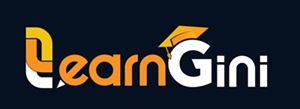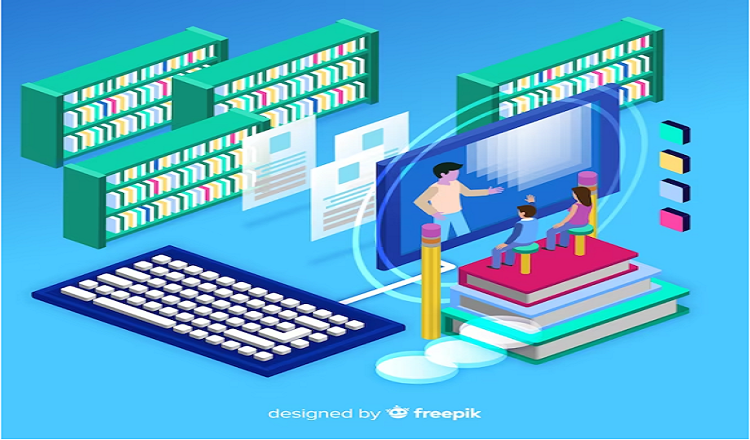Education is going through a time of change. With the help of technology, the old way of learning in a school is being replaced by new and different ways to learn. The internet and digital gadgets have changed how we learn, and EdTech has made it possible for anyone, anywhere, and at any time to get a good education. Even with all of these changes, there is still a growing digital divide in schooling. Those who have access to technology and digital learning tools are ahead of those who don’t. In this article, we’ll look at how EdTech can help close the digital gap in schooling and make sure everyone has a better future.
The Tech Gap in Education
In education, the “digital divide” is the difference between people who have access to technology and digital learning tools and those who don’t. This gap is not only caused by technology, but also by social and economic factors. Students from low-income families and neighbourhoods on the outside of society are hurt the most by this divide. They don’t have access to computers, smartphones, laptops, and the internet, which are now important for learning in the digital age. So, they fall behind in a world that is becoming more and more computerised.
What the Digital Divide Means for Learning
Learning is affected in a big way by the digital gap. Students who don’t have access to technology and digital learning tools are behind their classmates who do. They miss out on a lot of knowledge and have trouble keeping up with how fast people learn. This divide hurts not only the quality of their schooling, but also their chances of getting a job and getting ahead in life.
How EdTech Can Make Up for the Digital Gap
EdTech is the use of technology in schools to help students learn and teachers teach better. It has a lot of promise to close the digital divide in education and give everyone the same chance to get a good education. EdTech can help close the digital gap in the following ways:
Having access to digital tools for learning
EdTech gives people cheap and easy access to digital learning tools such as educational software, online classes, and e-books. This gives students and teachers from all walks of life access to high-quality educational tools, no matter where they live or how much money they have.
Mixed Learning
Blended learning is a way to learn that combines standard classroom learning with learning online. This method lets students learn at their own pace and use learning tools they wouldn’t have access to otherwise. Blended learning is especially helpful for students who don’t have access to classes or who can’t go to school every day.
Learning That Fits You
EdTech makes personalised learning possible, which means that each student can learn in a way that fits their goals, interests, and learning styles. This method makes sure that all students, no matter how rich or poor they are, get a good education that meets their individual needs.
Working Together to Learn
EdTech makes it possible for students to learn together by letting them work on projects and assignments online. This not only improves learning, but also helps kids learn how to work as a team and solve problems, which are important skills for success in the modern world.
Some examples of EdTech that help close the digital gap
To close the digital gap in education, many EdTech tools and platforms have been made. Here are just a few:
Khan School
Khan Academy is a non-profit organisation that gives free math, science, and humanities courses online. It gives people the chance to learn in ways that are engaging and tailored to their needs.
Coursera
Coursera is an online learning platform where you can take classes and get certifications from some of the best colleges and schools in the world. It gives students access to high-quality education no matter where they live or how much money they have.
Google Classroom (Google Classroom)
Google Classroom is a free website where teachers can set up and run online lessons. It gives students access to learning materials, makes it easier for teachers and students to talk to each other, and speeds up the learning process.
Duolingo
Duolingo is a website that helps people learn languages. It has free online classes in more than 30 languages. It gives students learning situations that are fun, interactive, and open to everyone.
In the end,
EdTech gives schools a special chance to close the digital gap. It gives students and teachers from all walks of life access to low-cost, high-quality learning tools, personalised learning experiences, and chances to learn together. With EdTech, we can make sure that all students, no matter how rich or poor they are, get a good education that gives them the skills and information they need to do well in the modern world.
Read More You May like:

